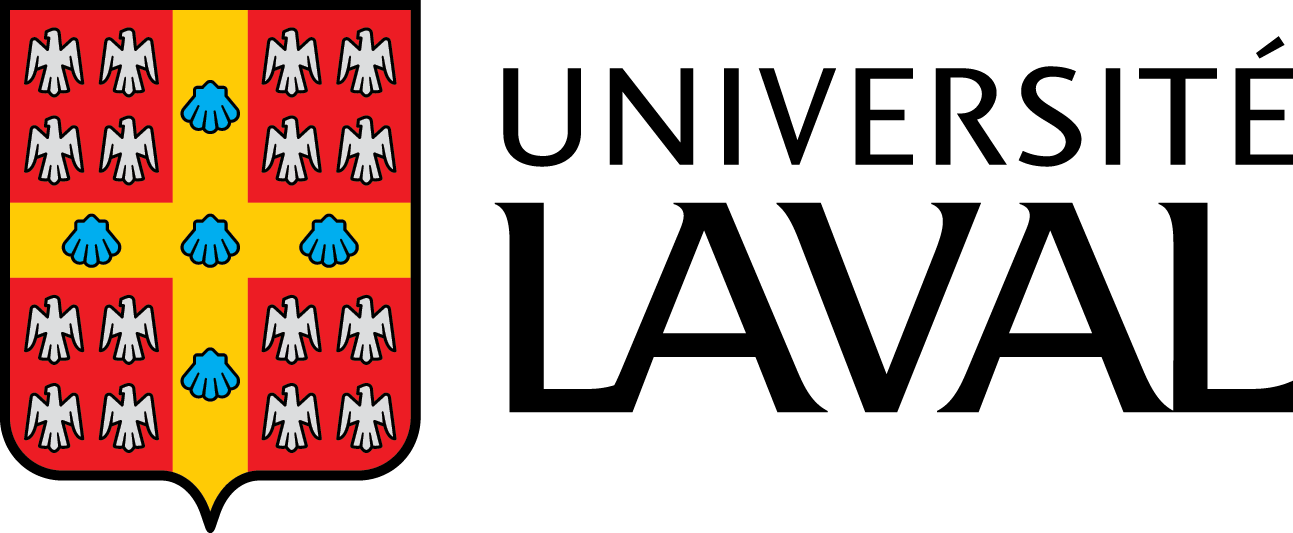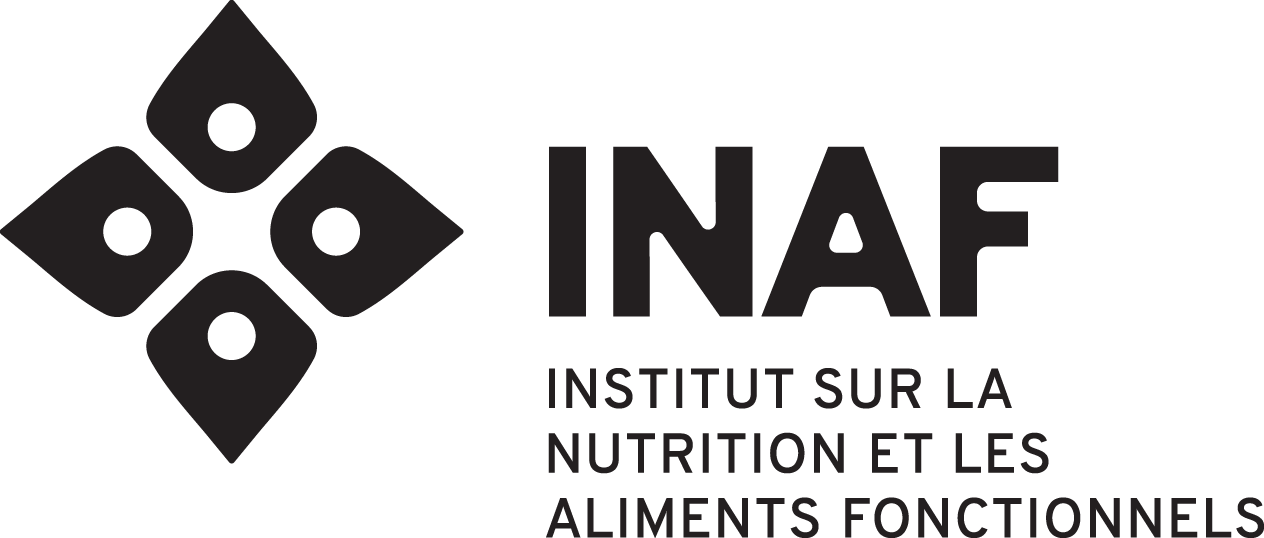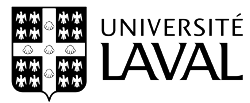How can quality be evaluated?
How can the quality of the food supply be assessed?
With the help of its committees, the Observatory has developed a definition for the quality of food supply. Rigorous data analysis methods and the developed measurement tools guide the characterization of the quality of food supply.
Users consultation
One of the driving values of the Observatory is the social utility of its work. The consultation process carried out with knowledge users ensured that Observatory’s work meets real needs, thus confirming its social utility.
The objectives of the consultation were to create a climate of openness and trust conducive to the mobilization of key stakeholders (agri-food industry, public health and consumers) to explore the issues perceived by users in improving the quality of food supply, and to identify and prioritize the needs of the Knowledge Users Committee on the work carried out by the Observatory, including sectoral studies on food categories.
Evaluation criteria
Assessing and monitoring the food supply’s quality in different living environments requires the definition of the criteria used to characterize the food supply. However, there is no consensus on the definition or defining criteria related to a food supply of quality or a high-quality food. The overall objective of this study was to review the evidence available on the criteria used to define a high-quality food supply.
Methodological approach
The methodological approach used in the sectoral studies carried out by the Observatory is a rigorous one. This report therefore outlines the different steps leading to the study of a food category and the related analyses.
In the context of monitoring the food supply, the methodological approach has been adapted to take into account the specificities of monitoring. This report therefore outlines the different steps leading to the follow-up study of a food category as well as the analyses that are carried out.
Nutrient profiling
Nutrient profiling is the science of classifying or ranking foods according to their nutritional composition for reasons related to preventing disease and promoting health (WHO, 2010). Different nutrient profiling tools exist to characterize the overall nutritional quality of food and thus support public health strategies aiming at facilitating the choice of more nutritious options by consumers. As part of the Observatory’s work, these tools may allow the monitoring of the nutritional quality of different food categories over time.
Establishment and monitoring of quality targets
In order to increase the accessibility of healthy foods for the Quebec population, the Politique gouvernementale de prévention en santé (2018-2025) proposes to monitor the nutritional quality of the food available, including their fat, salt and sugar contents, as well as the recommended portion size. The National Public Health Program (2015 – 2025) prioritizes the identification and monitoring of nutritional quality targets in collaboration with relevant partners. In this context, a collaborative project focusing on developing nutritional composition targets was entrusted to the Institut national de santé publique du Québec (INSPQ) and the Observatory. The mandate was to develop a methodology to track nutritional composition targets for selected food categories. More specifically, the following research question was addressed: What are the nutrient profiling thresholds used elsewhere in the world, for which food categories and for what purposes?
Follow the food supply’s quality with us!
Join our mailing list and receive the latest news from the Observatory.
© INAF, All rights reserved, 2020
© Food Quality Observatory - INAF, Université Laval, 2019-2021



